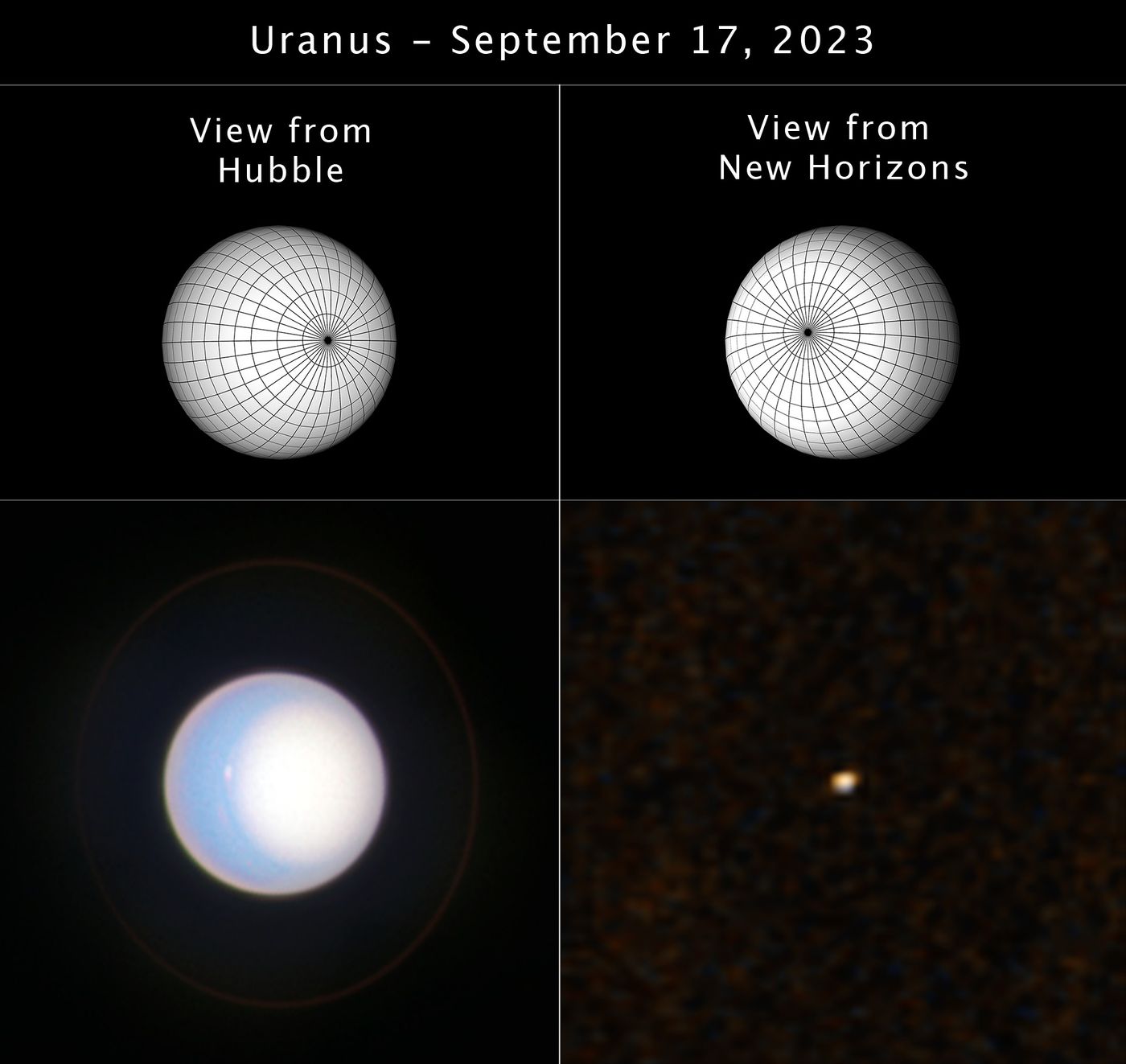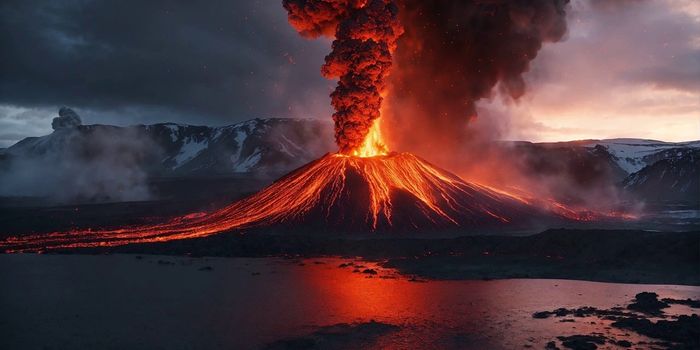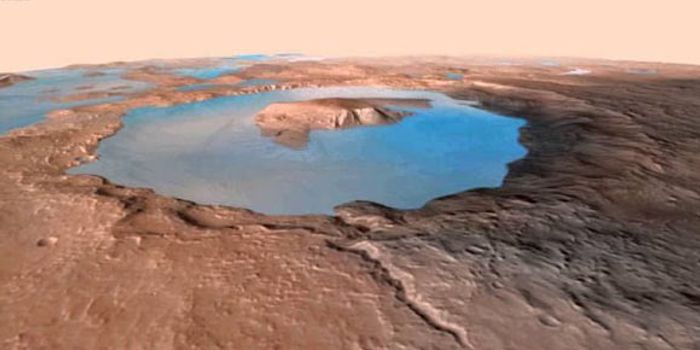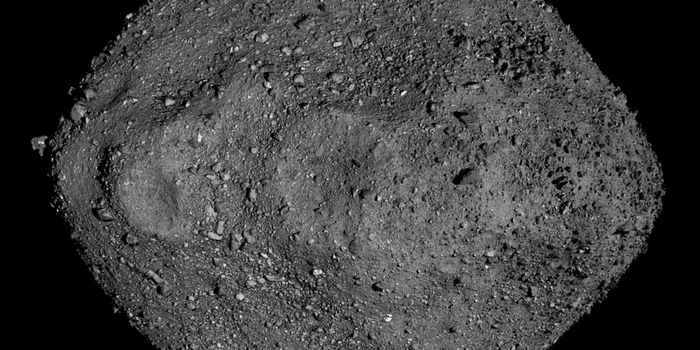Beyond Our Solar System: How Uranus Prepares Us for Exoplanet Discovery
How can Uranus teach us about exoplanets? This is what a recent study presented at the 56th annual meeting of the American Astronomical Society (AAS) Division for Planetary Sciences (DPS) hopes to address as a team of researchers investigated how gas giants like Uranus can be used to better understand the characteristics of exoplanets. While exoplanets have been discovered using the direct imaging method, no exoplanet has been directly imaged itself. Therefore, this study holds the potential to use gas giant planets within our solar system as analogs for exoplanets throughout the cosmos.
For the study, the researchers analyzed data collected from NASA’s New Horizons spacecraft and the Hubble Space Telescope to study the atmosphere of Uranus in various wavelengths. Both telescopes exhibit different imaging properties, as Hubble is built to obtain up-close images from far away while New Horizons is built to obtain up-close images from close-up. As a result, the images from Hubble revealed far more detail while the images from New Horizons revealed Uranus as a small dot.
"Uranus appears as just a small dot on the New Horizons observations, similar to the dots seen of directly-imaged exoplanets from observatories like Webb or ground-based observatories," said Samantha Hasler, who is a PhD Candidate at the Massachusetts Institute of Technology and lead author of the study. "Hubble provides context for what the atmosphere is doing when it was observed with New Horizons."
Two 3-D renditions with their respective images of Uranus obtained by Hubble and New Horizons. (Credit: NASA, ESA, STScI, Samantha Hasler (MIT), Amy Simon (NASA-GSFC), New Horizons Planetary Science Theme Team; Image Processing: Joseph DePasquale (STScI), Joseph Olmsted (STScI))
In the end, the combined data sets revealed that Uranus’ cloud brightness and features were unchanged during the planet’s rotation. Along with collecting data from two different vantage points, one goal of the study was to learn how astronomers could use future—and more powerful—telescopes to observe and study exoplanets throughout the universe. An example of this is NASA’s Nancy Grace Roman Space Telescope, which is slated for launch by 2027, and NASA’s Habitable Worlds Observatory (HWO), which is in the early planning stages and does not have a launch date yet. However, both telescopes are designed to expand our understanding of exoplanets, with HWO’s goal being to analyze exoplanets for signatures of life, also called biosignatures.
“Studying how known benchmarks like Uranus appear in distant imaging can help us have more robust expectations when preparing for these future missions,” said Hasler. “And that will be critical to our success.”
What new comparisons between gas giants within our solar system and exoplanets will astronomers make in the coming years and decades? Only time will tell, and this is why we science!
As always, keep doing science & keep looking up!
Sources: 56th annual meeting of the American Astronomical Society (AAS) Division for Planetary Sciences (DPS), EurekAlert!, NASA
Featured Image: Image of Uranus obtained by NASA's Hubble Space Telescope (left) and NASA's New Horizon's spacecraft (right). (Credit: NASA, ESA, STScI, Samantha Hasler (MIT), Amy Simon (NASA-GSFC), New Horizons Planetary Science Theme Team; Image Processing: Joseph DePasquale (STScI), Joseph Olmsted (STScI))









